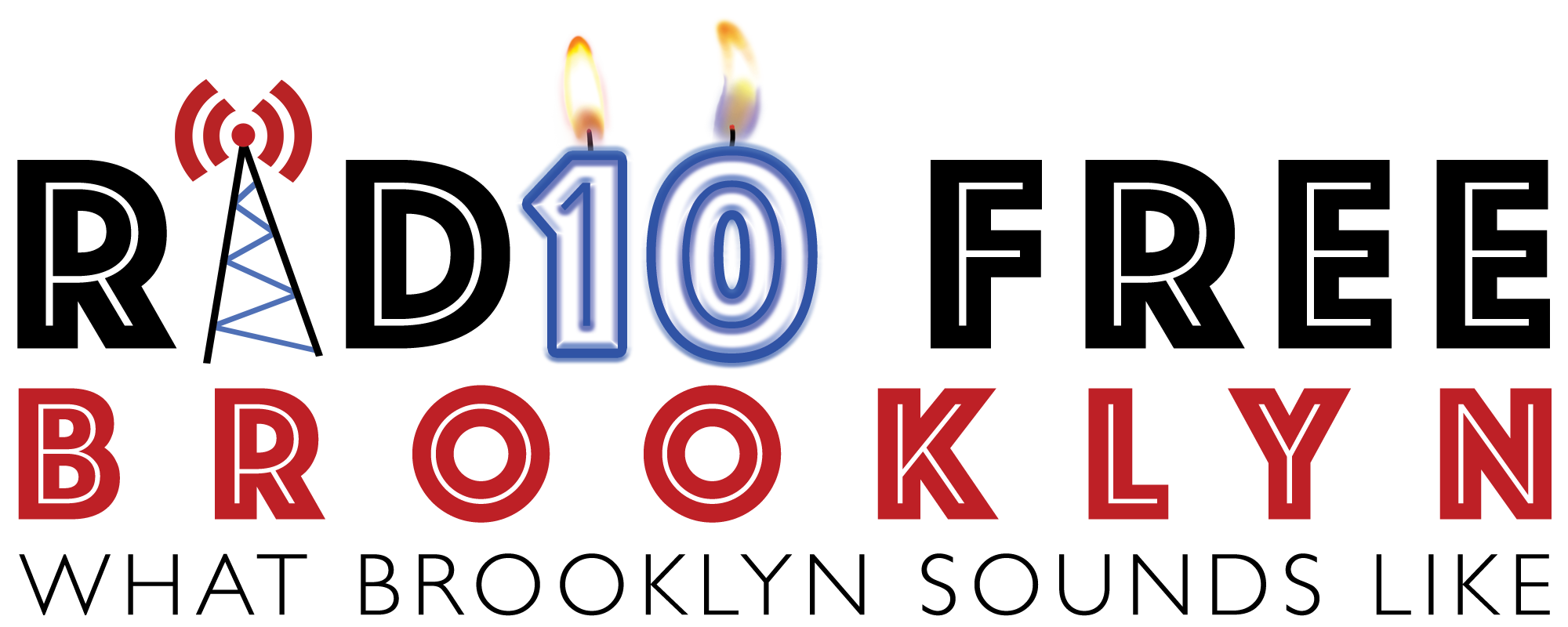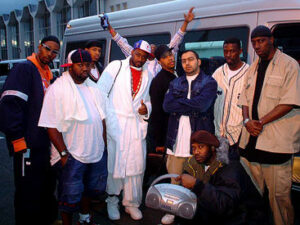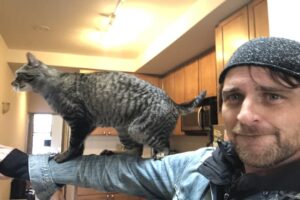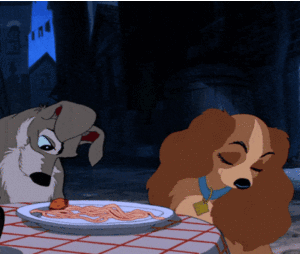Smashing Pumpkins’ landmark 1993 album “Siamese Dream” is, first and foremost, a love letter to guitars. From the simple strummed chords of “Spaceboy” to the searing solo of “Quiet” to the layered epic “Soma,” the record is awash in guitar sounds. More than anything else, though, is the element that gives the record its principal identity: more guitars. So many more guitars. Overdubs galore. More guitars than you can shake a stick at, and then a few more just for the joy of it.
Pumpkin-in-Chief Billy Corgan infamously recorded almost all of the guitar and bass parts in a megalomaniacal but effective display of perfectionism and ego. He had in mind a sound bigger and shinier than his alt-rock contemporaries. “Sonically, I always took inspiration from Queen and from Boston, in terms of the big, grand picture,” he told Guitar World. He accomplished this on “Siamese Dream” by overdubbing his guitar parts roughly a half-dozen times each, creating a fullness of sound and texture that wallops the listener with a tidal wave of fuzzed-out arena rock.
The signature Pumpkins sound, deployed all over “Siamese Dream,” is the octave chord – the same note played at a root and a pitch up simultaneously. This is easy to play on a guitar, and even a novice can play them easily. All power chords played on a guitar are octave chords with another note added. In the studio, however, Corgan chose to play each part of the chord individually, repeatedly, layering each recording over the previous ones. He wanted to accomplish the lushly overwhelming sound manually, even if it may have seemed like overkill. The result is soaringly beefy and grand. The bright octaves of the pre-chorus of “Rocket” ring out like ecstatic songbirds; the wonderfully grandiloquent main riff of “Cherub Rock” features a veritable army of guitars. Corgan embraced the octave chord in part because it made the songs playable live but also because it just sounds awesome.
Billy Corgan’s use of overdubs can be heard in big and small ways. The hazy, dreamy chords that form the backbone of songs like “Today” or “Mayonnaise” are overdubbed to suffuse the songs with warmth. The pummelling riffs in “Geek U.S.A.” are heavy in a way Black Sabbath could only dream of. Then there’s “Soma,” which features a brief, liquid solo about halfway through that was achieved by overdubbing an acoustic guitar played with an EBow (an electric device that creates sustained feedback that emulates the effect of playing a note with a bow) 14 times, according to Corgan. “Soma” alone allegedly contains at least 40 guitars over six and a half minutes.
Does it matter? Yes and no. The average listener won’t identify all of the guitar parts in each song, nor is it necessary that they do to enjoy the record. On the other hand, the richness of the sound is what makes the album so memorable. Corgan’s mania created one of the greatest guitar records of all time, no matter how many layers deep you want to explore.
PHOTO: claudia.rahanmetan, CC BY 2.0, via Wikimedia Commons




